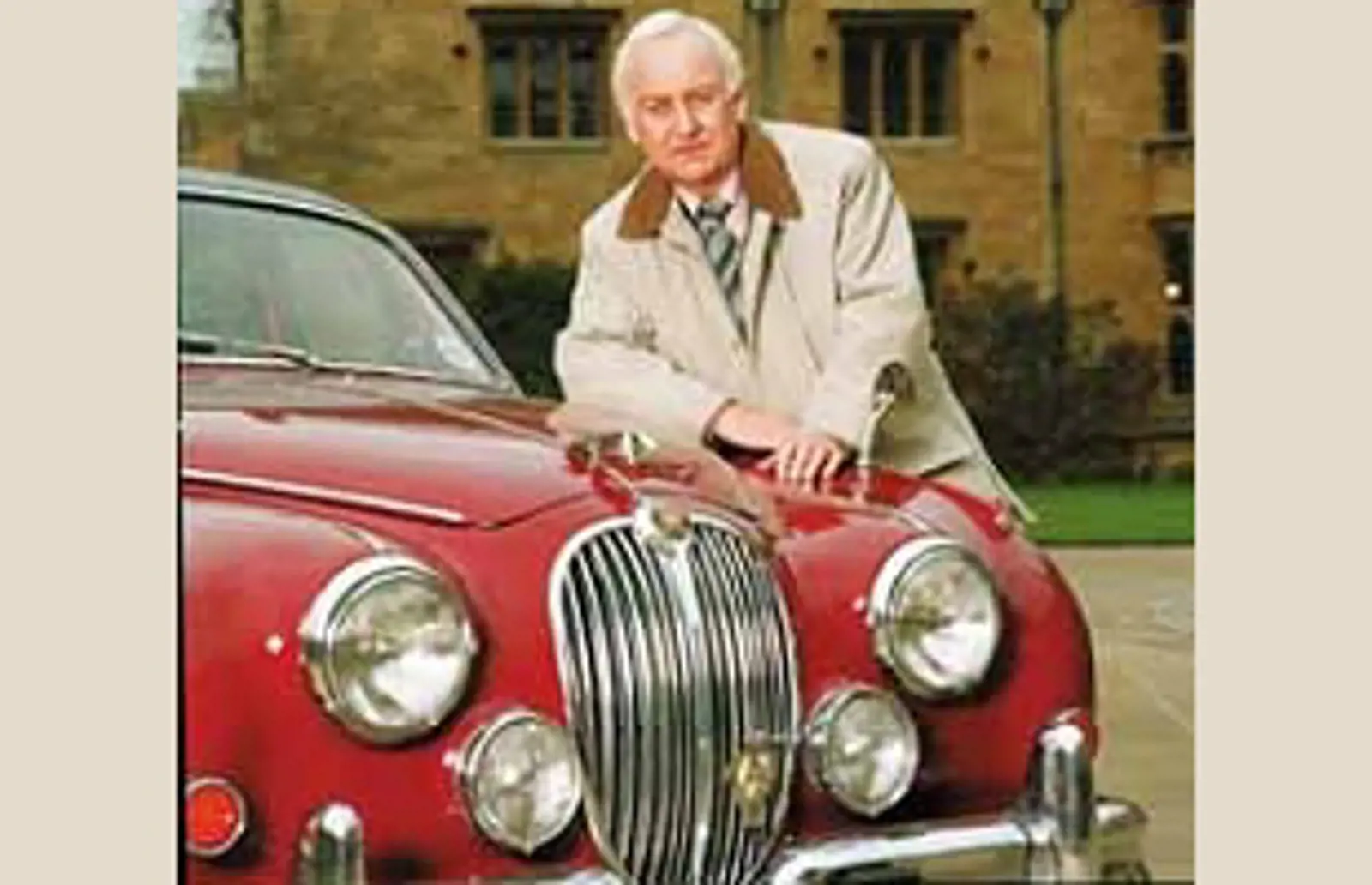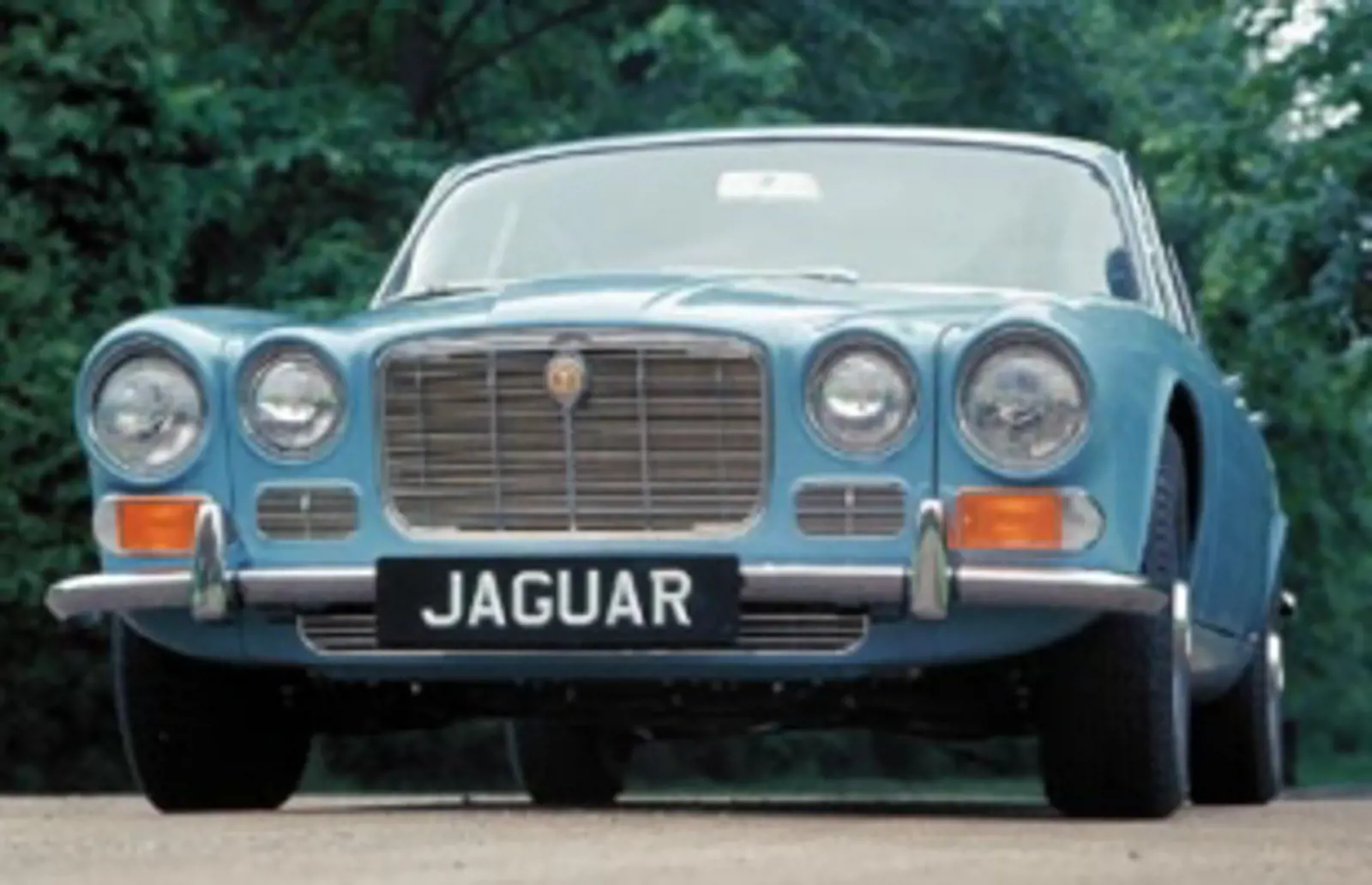Jaguar Heritage:
Years Of Exceptional Performance

Few marques have a history to rival that of Jaguar. Here, Grange celebrate some of the models that created the legend.

Not the first car produced by the company, but the car that created the worldwide icon. It was truly revolutionary with brand-new 3.4 litre twin cam engine that made the XK the quickest production car in the world. Combined with superlative styling from the brilliant eye of William (later Sir William) Lyons and an impossibly low price of £998 plus tax, it shook the motoring world to the core. So many people doubted that such a cheap car could achieve its claimed maximum speed of 120 mph, that Jaguar took one to the Jebbeke autoroute in Belgium. It achieved 124 mph and other sports cars suddenly looked overpriced and irrelevant.
By the late 1950s, the XK 120/140/150 series was starting to look dated and people must have wondered how Jaguar would replace such a ground-breaking design. Their concerns proved unfounded: the brilliant Sir William Lyons came up with something that made an even bigger impact in 1961 than the XK120 had made in 1948. The formula was the same, but no-one could believe that Jaguar could make such a huge leap forward. Combine three apparently incompatible elements - the highest top speed, the most beautiful styling and the lowest price - of any prestige sports car. With a top speed of 150 mph and a price of under £2,000, it became the car that symbolised everything aspirational about the 1960s.


Known nowadays as the "Inspector Morse" car. Its rounded styling is universally loved; no-one has ever been heard to say that they don't like the look of a Mark Two. The combination of E-Type engine and compact four-door body made this the ultimate executive saloon of the 1960s and it still feels rapid today - in contrast to so many "classic" cars that just feel slow and wheezy by modern standards. When combined with a beautiful wood and leather interior and ultra-competitive prices this car destroyed most of its opposition. Of the Brtish marques, only Rover, supported by the Land Rover, survived the onslaught of Jaguar.
The original XJ6 now looks so familiar that it is easy to forget just how clever its styling was. Described by Car Magazine at the time as, "a visual rule bender - it looks like it is doing 100 mph when it is standing still" it has frequently been voted the best-looking four door saloon of all time. The secret? Jaguar actually took an E-Type bodyshell and modified it until it was big enough to fit five people. Look carefully at the profile and you will see the hint of a leaping cat in the raised haunches over the rear wheels and the subtly tapering boot.


The third generation of Le Mans Jaguars, responsible for Jaguar's first win since the 1950s. Just like the C-TYPE and D-Type racers, the XJR 9 used a road car engine - this time the V12 from the XJS. Indeed the engine was remarkably unmodified by modern standards, as Jaguar did not even have to fit a four valve cylinder head. The superb 1960s-designed V12 was quite enough to show a clean pair of heels to the Porsche 962. Its 1988 victory was a hugely emotional occasion, with 50,000 Brits cheering the car across the line. For once the French were on our side and were 100% behind Jaguar, turning Le Mans into as British an event as any Silverstone Grand Prix.